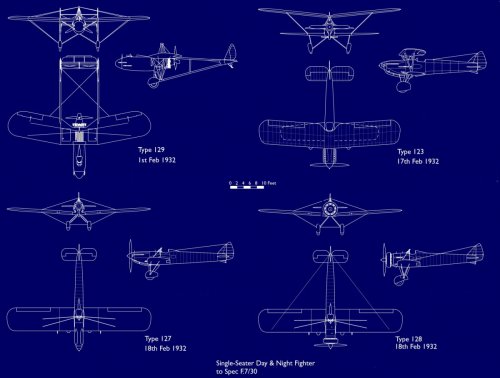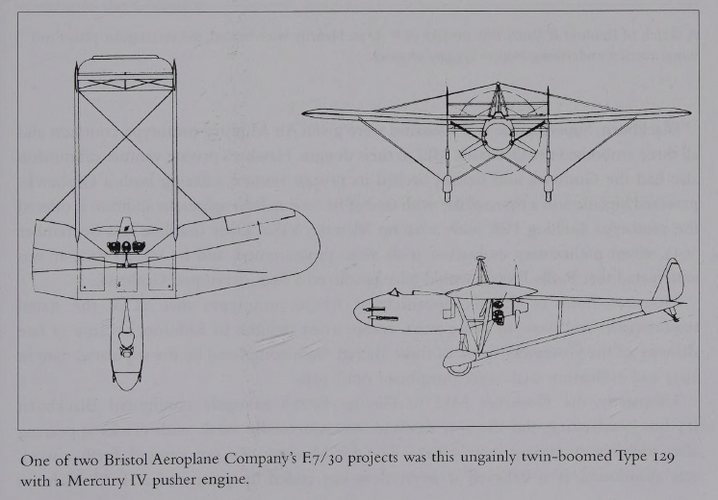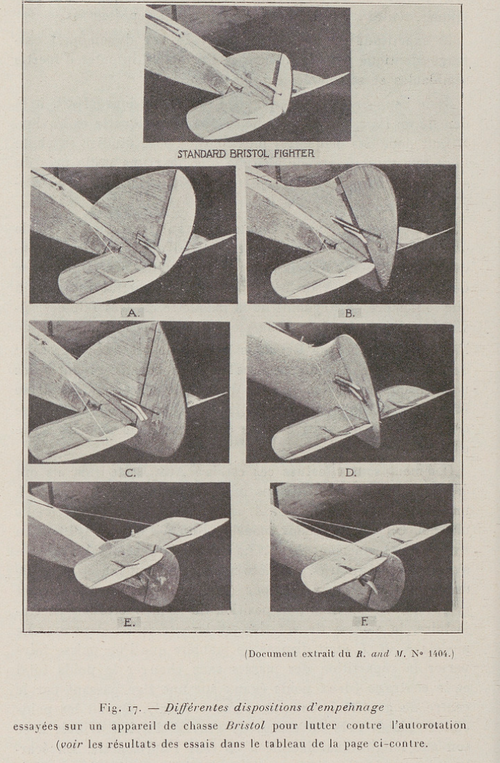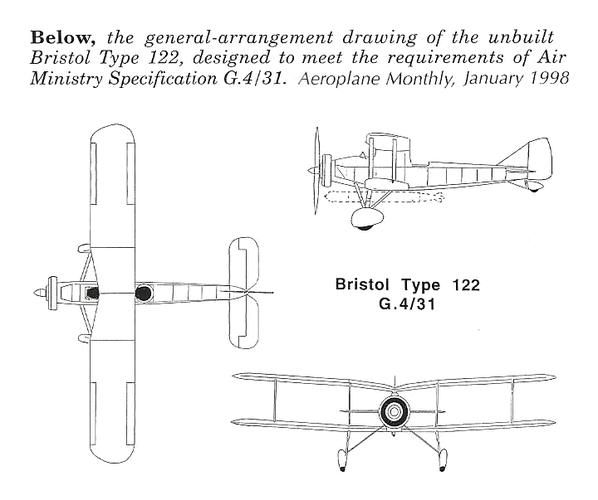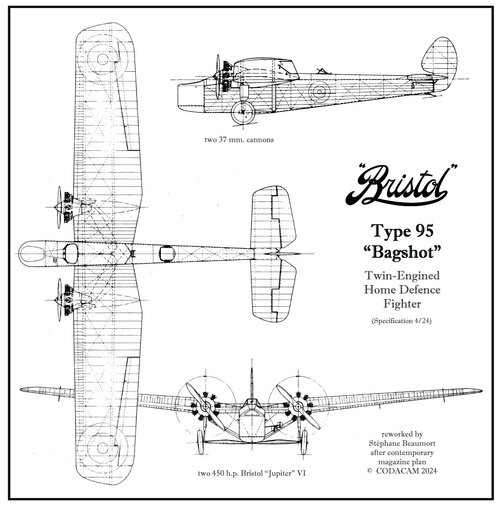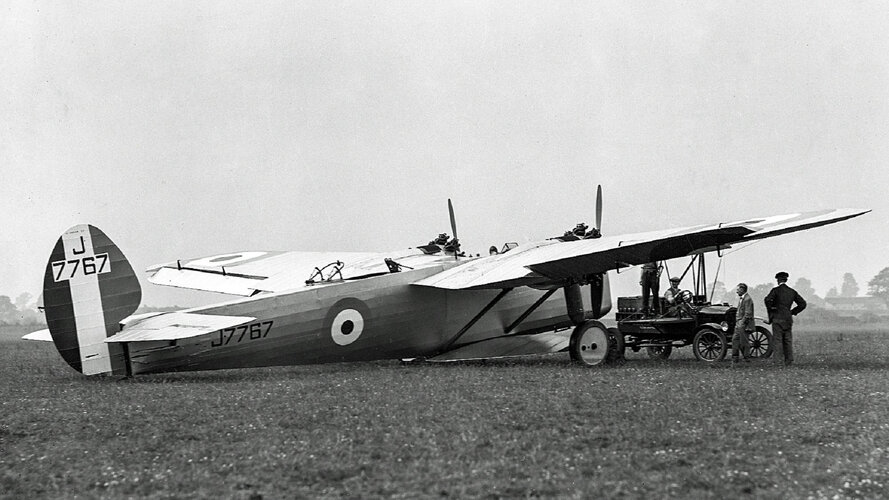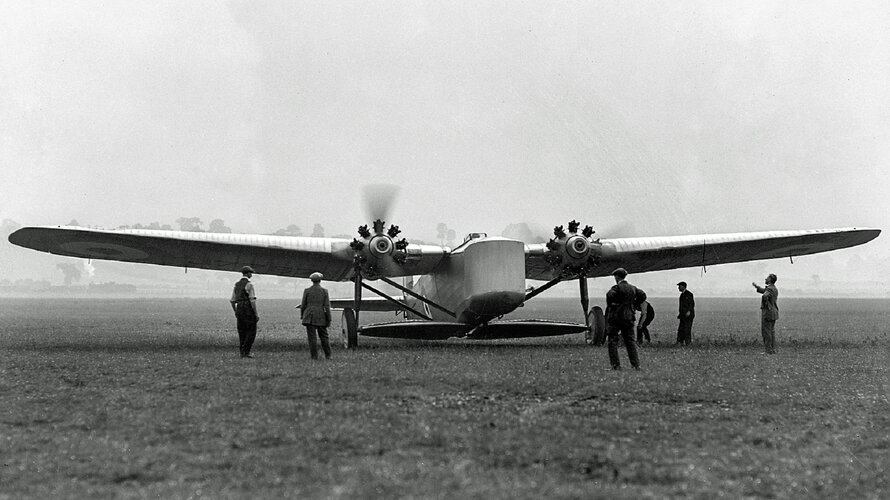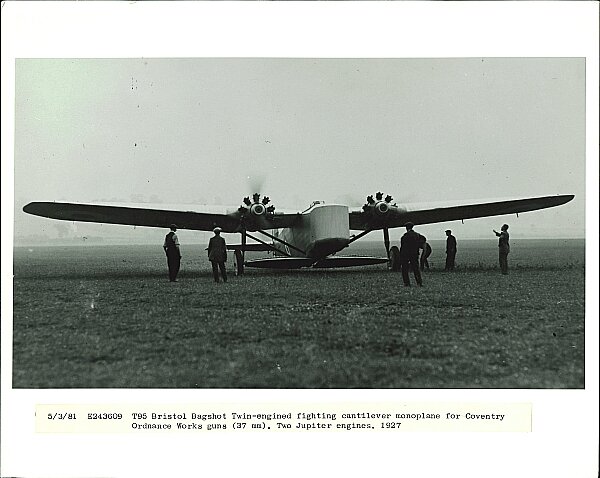- Joined
- 26 May 2006
- Messages
- 32,643
- Reaction score
- 11,827
Hi,
from dear PMN1,and from tgplanes site,the Bristol type 127,128 & 129
projects for the Spec. F7/30.

 www.tgplanes.com
www.tgplanes.com
from dear PMN1,and from tgplanes site,the Bristol type 127,128 & 129
projects for the Spec. F7/30.

Paolo Tagliaferri - Software Architect
Paolo Tagliaferri is a Software Architect based in Europe, focused on web technologies and API integrations. Follow his blog for tutorials and guides.
Attachments
Last edited:


